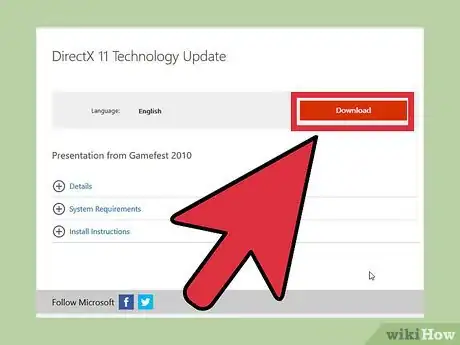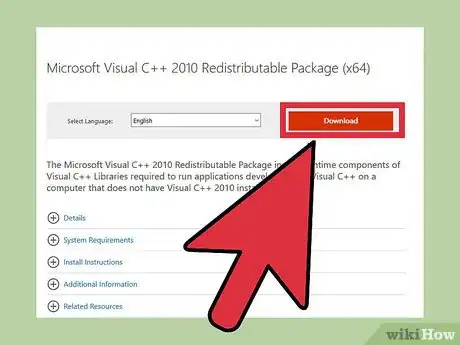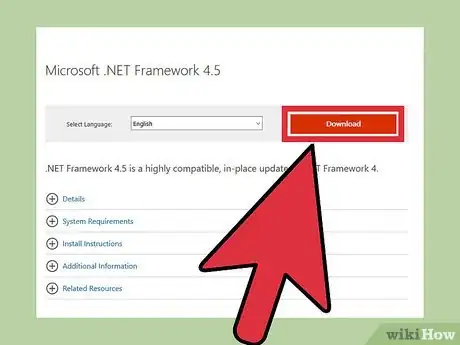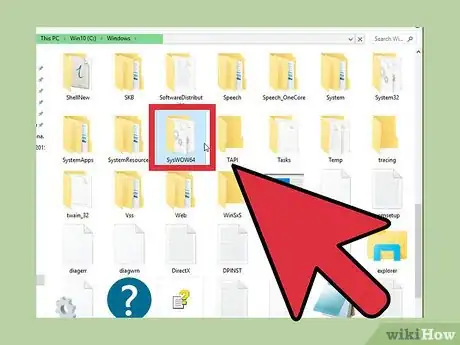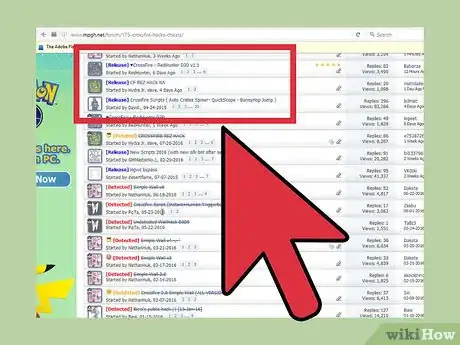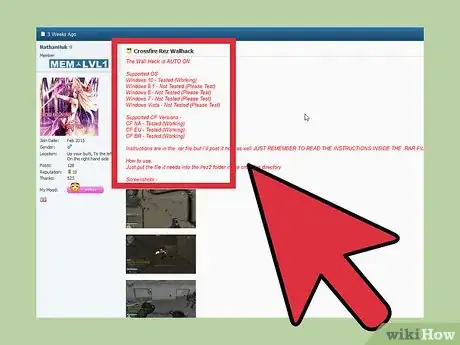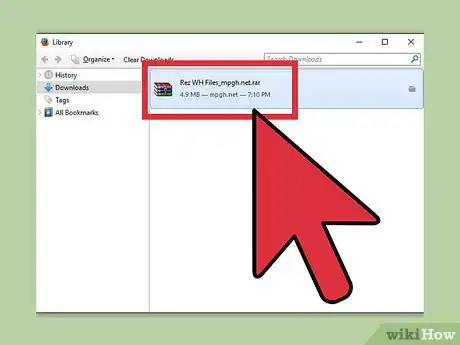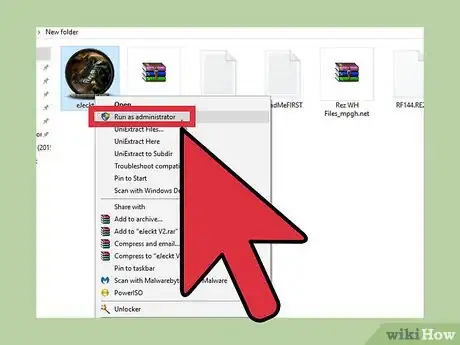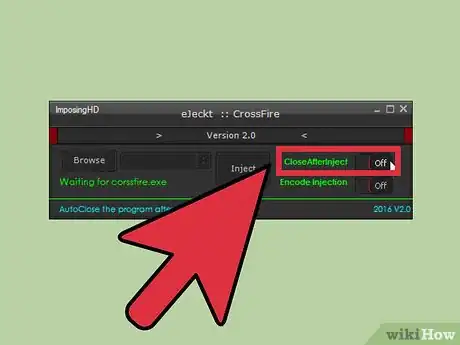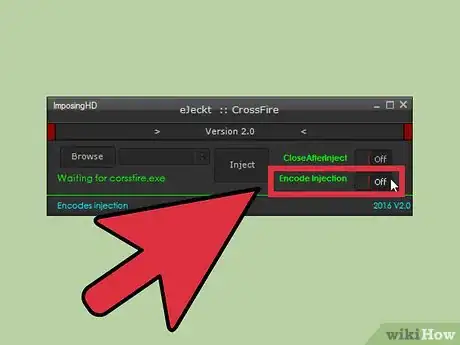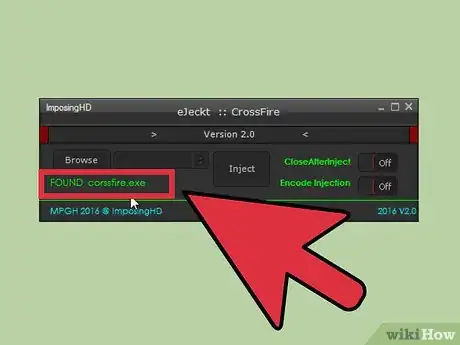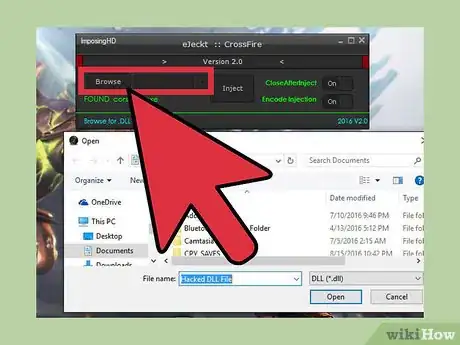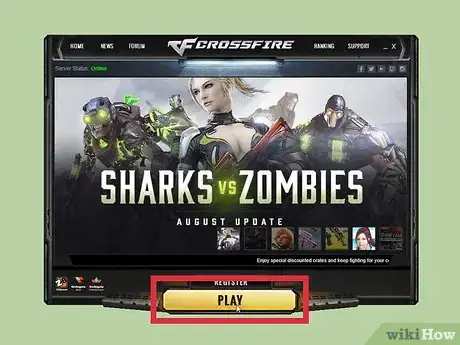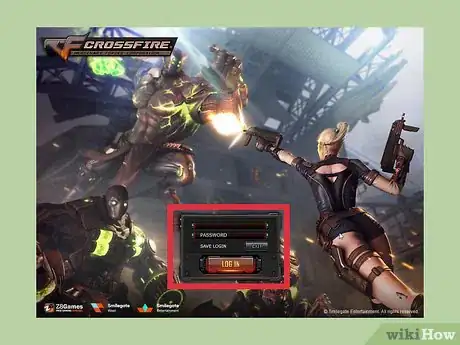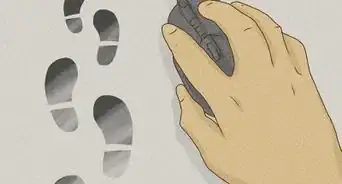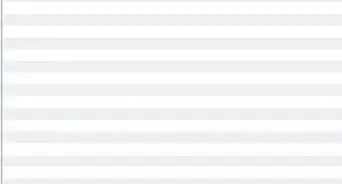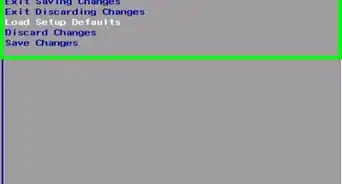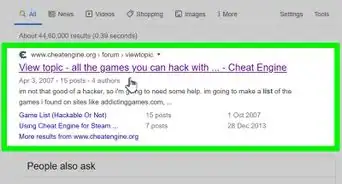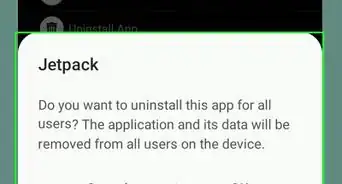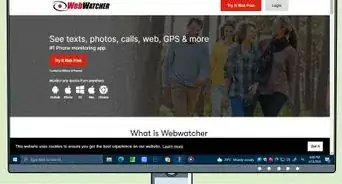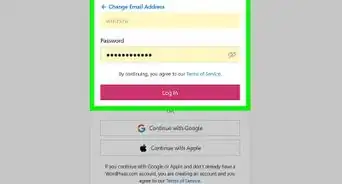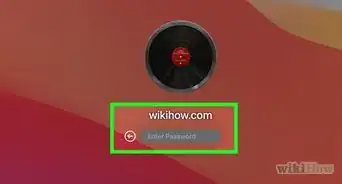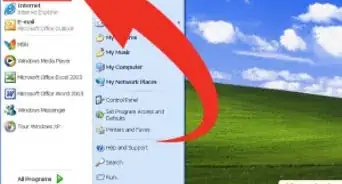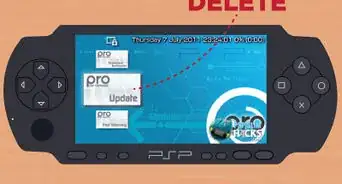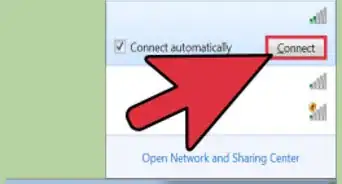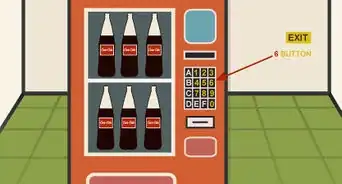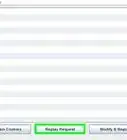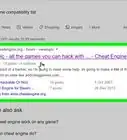X
wikiHow is a “wiki,” similar to Wikipedia, which means that many of our articles are co-written by multiple authors. To create this article, 36 people, some anonymous, worked to edit and improve it over time.
The wikiHow Tech Team also followed the article's instructions and verified that they work.
This article has been viewed 100,768 times.
Learn more...
CrossFire, a popular online shooter, has a very active hacking community. Although hacks are detected quickly by the game admins, new hacks are developed daily. There are several communities you can use if you want to start using hacks. Taking a few precautions will help keep your account safe from being banned.
Steps
Part 1
Part 1 of 3:
Downloading the Necessary Tools
-
1Download and install the DirectX 11 Technology Update. There are several system items that you must install before you use any Cross Fire hacks. The first of these is the DirectX 11 Technology Update from Microsoft. You can download it here. Run the installer after downloading it.
-
2Download and install the Visual C++ 2010 Redistributable Package. This tool from Microsoft is required to run the hack injectors. You can get the 64-bit version here.
- If you aren't sure if your computer is 32-bit or 64-bit, see How to Determine the Bit Count for a Windows Computer.
Advertisement -
3Download and install .NET Framework 4.5. This is what most hacks are written with. You can download the installer here.
-
4Download the necessary DLL files. There are two DLL files that you will need to download and place in your CrossFire folder. You can download msvcr100.dll from here and msvcr100d.dll from here. Make sure to select "Download ZIP-File" to just download the DLL in an archive file instead of downloading the installer.
-
5Copy the two DLL files to the CrossFire folder. Extract the DLL files from the ZIP files that they downloaded in by right-clicking the files and selecting "Extract". Open the "CrossFire" folder from your Program Files in another window and drag each of the DLLs into the folder.
- Some users have reported that adding the two DLL files to your C:\Windows\System32 (32-bit) or C:\Windows\SysWOW64 (64-bit) folder as well will help prevent errors.[1]
Advertisement
Part 2
Part 2 of 3:
Finding a Hack
-
1Visit an up-to-date hacking forum. There are several communities dedicated to hacking CrossFire. Because hacks are quickly detected and blocked, you'll need to find a place where all of the latest hacks are listed. One of the most popular communities is mpgh.net. The "CrossFire Hacks & Cheats" section will have all of the latest hacks that still work.
- You will likely need to create an account in order to access the download links for the hacks.
-
2Find a working hack. If the forum you are using is well-maintained, all of the hacks that have been detected and blocked will be crossed out or otherwise indicated. New hacks that still work will typically be at the top of the list of threads. Browse through a few hacks that haven't been detected yet and find one that suits your needs.
-
3Read the instructions carefully. Many hacks follow the same basic installation procedure, which will be outlined here, but many hacks have specific steps that you will need to take in order for them to work.
- Pay attention to the region that the hack was made for. Hacks for North America usually won't work for the Philippines, for example.
-
4Download and extract the hack files. Most hacks will come in ZIP or RAR format. If you don't have a program that can open RAR files, download and install 7-Zip (7-zip.org), a free archive extractor that can open RAR files. To extract the files, right-click the downloaded file and select "Extract".
-
5Download an undetected injector. You will need a program called an "injector" to run the hack files. You can find injectors on the same forums that you find hacks. Look for the "Injectors" or "Tools" section of the hack forum to find the latest injector releases.
Advertisement
Part 3
Part 3 of 3:
Running a Hack
-
1Right-click the injector and select "Run as administrator". Running as an administrator will allow the injector to modify the necessary DLL files.
-
2Open the Settings menu in the injector. There is typically a Settings button you can click to open this menu.
-
3Select the "Auto-Inject" and "Close on inject" options in the injector menu. This will result in the best chances of your hack loading properly.
-
4Click the "Start in Secure Mode" button. This will help ensure that your injector does not get detected by the anti-cheat mechanisms. The button will turn blue to indicate that it has been activated. Close the Settings menu.[2]
-
5Type "crossfire.exe" into the "Process" field. This will ensure that the injector hooks into the CrossFire process.
-
6Click the "Add DLL" button and browse for your hack. Most hacks come in DLL format. Browse for the DLL that you extracted from the hack archive that you downloaded in the previous section.
-
7Start CrossFire. Once you've selected your hack DLL in the injector, you can start CrossFire. The injector will automatically apply the hack and close itself as the program starts.
-
8Log in with a dummy account. Always test hacks with a dummy account. Hacks get detected quickly, so it's always a good idea to test your hack by logging in with a dummy account first. This will help keep your main account from being banned by using a detected hack.
Advertisement
References
About This Article
Advertisement
